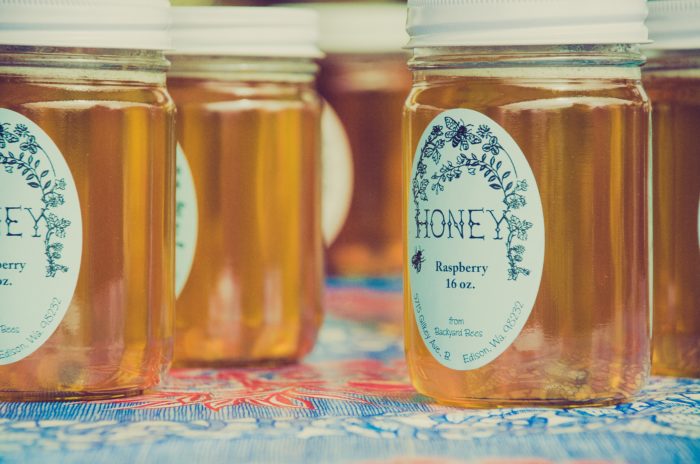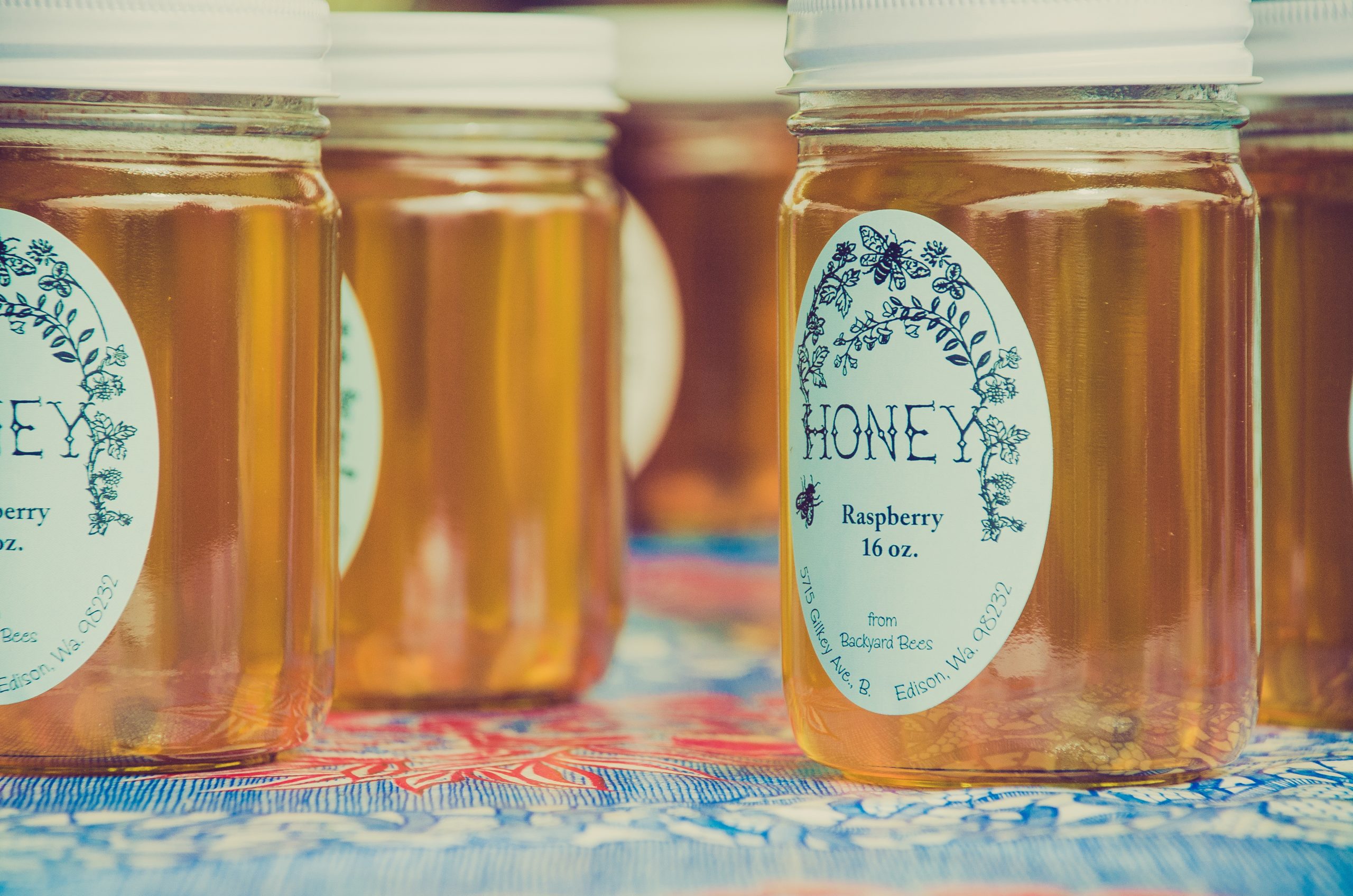Value-Added Producer Grants Are Now Open
March 3, 2022

On March 1, 2022, USDA Rural Development announced the availability of at least $19.75 million in total funding for VAPG projects. The application window to apply is open now. Online applications will be accepted until April 25, 2022 through grants.gov and paper applications must be postmarked by May 2, 2022. We encourage all readers to help get the word out to qualified individuals and groups.
“Value-added” foods and goods are made from raw agricultural products (eg, vegetables, grains, or dairy) that are minimally processed and then transformed into products like cheese, sauces, and breads. Specially labeled or marketed goods (eg, “organic” or “locally grown”) can also be considered value-added as the label claim makes their products more appealing (and therefore valuable) to consumers. Value-added products bring in higher prices than raw products alone, helping farmers and ranchers improve their bottom lines and grow their businesses – which in turn increases hiring and spending in their local communities!
Making the jump to value-added production can be time and money intensive, which is why many producers have found success using the US Department of Agriculture’s (USDA) Value-Added Producer Grant (VAPG) program to kickstart new, or expand existing, value -added operations.
VAPG Basics
VAPG is a subprogram of the Local Agriculture Market Program (LAMP) that provides competitive grants to individual independent agricultural producers, groups of independent producers, producer-controlled entities, organizations representing agricultural producers, and farmer or rancher cooperatives, to create or expand value- added producer-owned businesses.
Priority is given to projects that increase opportunities for small and mid-sized family farms, and/or for beginning, veteran, and socially disadvantaged farmers and ranchers.
There are two types of grants awarded through VAPG:
- planning projects provide grant funds of up to $75,000 in economic planning activities such as the development of business and marketing plans and feasibility studies needed to establish viable marketing opportunities for value-added products.
- Working capital projects are directly related to the processing and/or marketing of value-added products with a maximum award amount of $250,000. In general, applications with requests of $50,000 or more must be supported by an independent feasibility study and business plan.
Who is eligible?
Viable entities that are eligible to apply include:
- Independent, individual agricultural producers
- Groups of agricultural producers
- Majority-controlled producer-based business ventures
- Farmer or rancher cooperatives
Read more about the eligibility criteria in the VAPG section of our Grassroots Guide.
For more information on VAPG and program eligibility, click here or visit our Farmers’ Guide to Applying for the Value-Added Producer Grant Program. USDA has also created a “toolkit” for applicants, which includes an application checklist, templates, required grant forms, and instructions (this can be found under the “To Apply” tab).
2022 VAPG Grant Cycle
$19.75 million is available initially for the 2022 VAPG cycle. That includes $17 million in 2018 Farm Bill mandatory funding supplemented by $2.75 million in COVID-19 relief funds that were left over from the 2021 grant cycle.
In addition to the farm bill funding and COVID-19 relief funds, it’s likely that the program will be provided with roughly $12 million in additional funding in the coming weeks through the traditional annual discretionary appropriations process. After months of rocky negotiations and short term funding bills to keep the government operating during the interim, Congress is poised to complete the fiscal year (FY) 2022 omnibus appropriations process in the next week or so, which is expected to include at least an additional $12 million for the program.
How do I apply?
More information can be found on USDA’s VAPG grant page, where you will find toolkit guides for both grant projects, required documentation, and steps on preliminary actions your operation should take prior to submitting an application.
It is highly recommended that before jumping into the application process with both feet, you get in touch with your USDA Rural Development state office’s Business Program Specialist to walk through your project and see if it is a good fit for the program.
When is the deadline?
The FY 2022 application window is currently open through April 25, 2022 for online applications and May 2, 2022 for paper applications.
- Paper applications: All materials for paper applications must be submitted and/or postmarked by May 2, 2022 to be considered for this funding cycle.
- Electronic applications: All materials must be submitted via http://www.grants.gov and be received before Midnight EST on April 25, 2022
- You may also opt to submit your application via email or in-person at your local field office. In-person submissions must be done before the close of business, local time on May 2, 2022.
- Contact your State Rural Development Coordinator with any questions.
Mandatory Registrations
As part of larger efforts to streamline Federal grant making processes, the 2022 VAPG cycle includes an important and noteworthy change. Before applying, VAPG applicants must obtain a Unique Entity Identifier (UEI) number and be registered and maintain registration in the federal System for Awards Management (SAM). Previously, an applicant had to obtain a Dun and Bradstreet Data Universal Numbering System (DUNS) number and separately maintain a SAM registration.
The UEI is assigned by SAM as part of the registration process and replaces the DUNS number. To register with SAM and receive a UEI, go to https://www.sam.gov/SAM/.
The process is fairly straightforward, but it can take 2 to 5 weeks before a new SAM registration is active and valid. Therefore, it is highly recommended that this is one of the first steps a prospective applicant takes.
Matching Funds Requirement
The matching fund requirements for the 2022 cycle are somewhat different from years past. The Coronavirus aid package that Congress enacted in December of 2020 included additional funding for the program to support recovery and resilience efforts. That legislation also directed USDA to reduce the matching funds requirement from 100% to 10% for any grants funded through that funding. Most of the pandemic response funding was obligated during the FY 2021 cycle, however, $2.75 million is available as carryover for this cycle.
All applications that are submitted to USDA will initially compete for the $2.75 million with the reduced matching funds requirement.
COVID-19 relief funds will be utilized first until exhausted. After that, the Agency will continue making awards with their $17 million in available farm bill funding for FY 2021 and any funds made available under the FY 2022 appropriations act, which is expected to make at least $12 million in additional funding available for this cycle, eleven activated.
An applicant can also choose to apply for only the COVID-19 relief funding with the reduced matching funds requirement, apply only to the funding pool with the full 100%, or apply only for 1:1 matching fund requirement, or both.
To be considered for both the COVID-19 relief funds and the regular 2022 VAPG funds, you must submit a budget with a reduced cost share match of at least $1 for every $10 in grant funds and an alternate second budget that includes the standard cost- share match of at least $1 for every $1 in grant funds.
Matching funds may be in the form of cash or eligible in-kind contributions. Tribal applicants may use funding from grants made available through the Indian Self-Determination and Education Assistance Act of 1975 for matching funds.
NSAC’s Legacy of Advocacy
The National Sustainable Agriculture Coalition (NSAC) helped create VAPG as part of the 2000 Agricultural Risk Protection Act. For more than twenty years, NSAC has been one of the leading advocates for VAPG and other programs that support local food systems and rural development. In the 2002 Farm Bill, NSAC successfully advocated to strengthen VAPG and expand the program to include support for organic products and sustainable livestock niche markets.
In the 2008 Farm Bill negotiations, NSAC won the addition of local food enterprises and food supply networks linking farm to table as eligible activities for VAPG support. We also worked with Congress to secure program priorities for assisting small and mid-size family farms and for beginning and socially disadvantaged farmers and ranchers. In the 2014 Farm Bill, NSAC worked with Congress to ensure that program priorities were being met when USDA selects successful proposals. We also won the addition of returning veteran farmers as a new priority category.
During the 2018 Farm Bill, NSAC successfully championed efforts to reauthorized VAPG through a new umbrella program, the Local Agriculture Market Program (LAMP), which combined VAPG with the Farmers Market and Local Food Promotion Program (FMLFPP) and provided both programs with permanent mandatory funding. Although VAPG now has permanent mandatory funding as part of LAMP, VAPG funding levels are a fraction of what they were under the 2002 Farm Bill. The 2018 Farm Bill provides LAMP with $50 million in mandatory funding per year, of which only $17.5 million is for VAPG.
Thanks in part to NSAC advocacy, the Coronavirus aid package that Congress enacted in December of 2020 included a one-time infusion of $35 million in additional funding for the program to support recovery efforts. That legislation also directed USDA to reduce the matching funds requirement from 100% to 10% for any grants funded through that $35 million.
In addition to our farm bill and pandemic response work, NSAC has also led appropriations advocacy efforts to secure additional discretionary funds for VAPG. The FY 2019 omnibus appropriations bill included $15 million for VAPG, the FY 2020 minibus appropriations bill included $12 million in additional funding for the program, and the FY 2021 appropriations bill again provided $12 million in discretionary funding. The FY 2022 appropriations bill is not yet complete, but it is likely to be finalized in the near future and include $12-14 million in additional funding for VAPG.
Categories: Carousel, Grants and Programs, Local & Regional Food Systems, Rural Development

